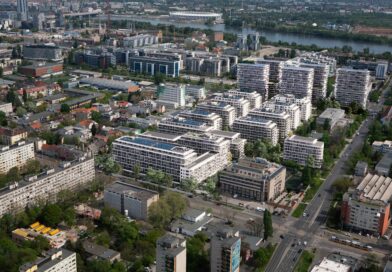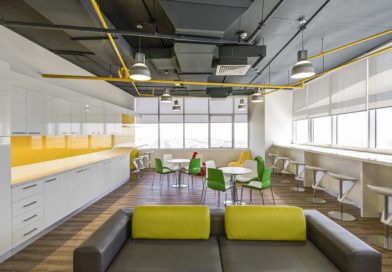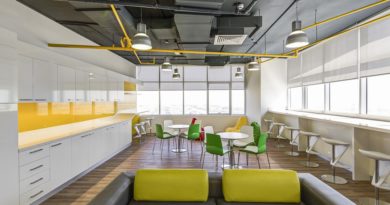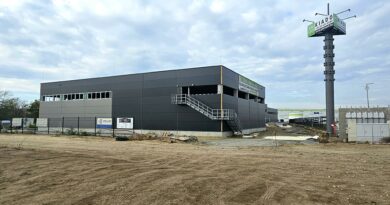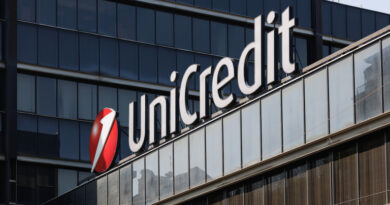Property sustainability: King Sturge calls for retro-fitting of buidings to save energy
Retro-fitting buildings and places, as part of an overall sustainable strategy, is the main challenge for the European property market over the next 2 to 5 years.
So-called “green” energy is not sufficient to fill in the gap left by fossil fuels. Even if every hill had a wind turbine, every tidal estuary had a power station and even if we maximised the use of solar panels and photovoltaic cells, research suggests we still could not meet our current energy needs. It might only be possible at best to produce 10% of our needs this way.
Saving energy has a far better payback than trying to generate “green” energy. Therefore, existing buildings need to be better utilised. Domestic & Non-Domestic Buildings create 46% of our current CO2 output. Making better use of existing office buildings and saving the embodied energy could save more than 20% of current energy consumed. Making buildings more energy efficient could save another 20% – a total saving of 40%.
Analysis by King Sturge suggests the main cost and energy benefits from retro-fitting an office building may come from the better space planning and fabric design. Reduced depreciation of assets, greater enjoyment and higher productivity are some of the benefits of retro-fitting existing buildings.
“There is very little evidence that Energy Performance Certificates (EPC) have significantly reduced the carbon footprint of buildings” says Angus McIntosh, Partner & Head of Research at King Sturge.
“Display Energy Certificates (DEC) offer the opportunity to accelerate the reduction in the carbon footprint of a building but we must go further than the current recommendations. King Sturge advocate that DECs be made mandatory for all buildings above 250m2 rather than the current 1,000 m2 for Government buildings” adds McIntosh.
He also suggests that Uniform Business Rate (UBR) tax could be based on DEC ratings and Stamp Duty Land Tax (SDLT) be based on the EPC rating. “By translating ratings into cash savings (or payments) we would better appreciate the benefits that can be achieved from better energy use in buildings. This includes energy cost, carbon emissions and the corporate financial contributions to the upcoming Carbon Reduction Commitment “. Angus believes “the tax changes should be ‘tax-neutral’ with higher UBR or SDLT paid for pooreres rated buildings, and less for better buildings”
… not forgetting retro-fitting places.
Re-using our towns and cities is also a major challenge for the next decade. Assessing sustainability requires accommodating environmental, social and economic issues.
• Social sustainability is to do with building better communities and urban areas; buildings and property investment are a small but vital part of the social environment but more efficient urban areas use less energy.
• Cities need to accommodate more bicycles. Cycling is far more energy / speed efficient than public transport, electric cars and modern cars with two or more passengers, which are even more efficient than energy hybrid cars.
• Nationally and internationally there is a variety of solutions available to create private public partnerships (PPP) where funding is needed as a result of the public sector funds not being sufficient to kick-start urban renewal. The Local Asset Backed Vehicle (LABV) concept (now in use for such places as Bristish Waterways, OneNorth East, East Midlands DA, NorthWest RDA, Advantage West Midlands, London Borough of Croydon, Network Rail, Devon C at SkyPark and Newcastle CC) offers a solution to accelerate regeneration and is now accepted across the EU.
King Sturge is releasing the latest edition of its yearly European Property Sustainability Matters report. In its sixth year, the report is a unique body of research addressing the current issues and ideas which are emerging under the banner “sustainability”.



